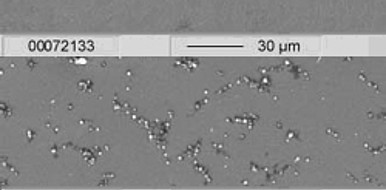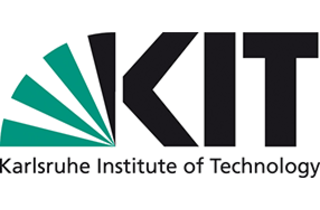Materials with (anti-)thrombogenic surfaces
The mechanisms determining blood clotting on a foreign surface are complex and have not yet been investigated fully. Cell behavior, such as adhesion, cell division and differentiation, is influenced by the surface properties of an implant. Consequently, integration and tolerance of an implant in the body are decisively influenced by the surface properties of the materials used. Amorphous carbon layers are known to be biocompatible and blood-compatible materials. They are precipitated by non-reactive magnetron sputtering on materials, such as titanium, titanium alloys, stainless steel grades or polymers. The new feature is the specific setting of the biofunctionality of carbon surfaces. There is a clear connection between the surface energy of amorphous carbon layers and their thrombogenicity: Layers with lower surface energy attract thrombocytes (thrombogenic carbon layers; illustration at the top), while layers with high surface energy repel thrombocytes (anti-thrombogenic layers, picture below). Proper choice of the process parameters thus allows the morphology and constitution of layers to be set systematically. In this way, implants can be coated with anti-thrombogenic layers, or materials for biotechnological or pharmaceutical applications can be covered with thrombogenic layers.
Your contact person for this offer

Innovation Manager Karlsruhe Institute of Technology (KIT)
Innovation and Relations Management (IRM) Phone: +49 721 608-25587
Email: rainer.koerber@kit.edu


